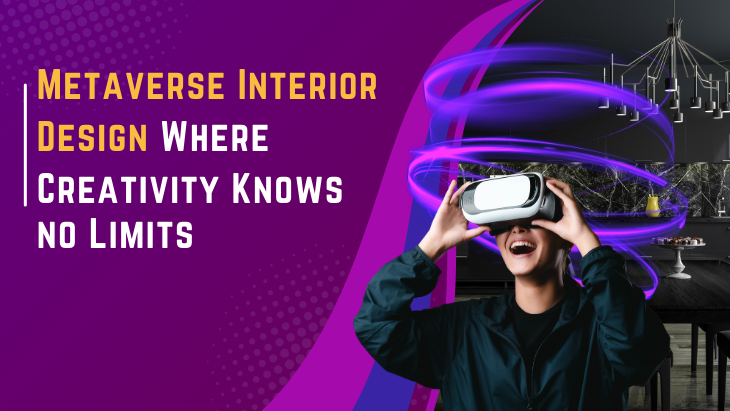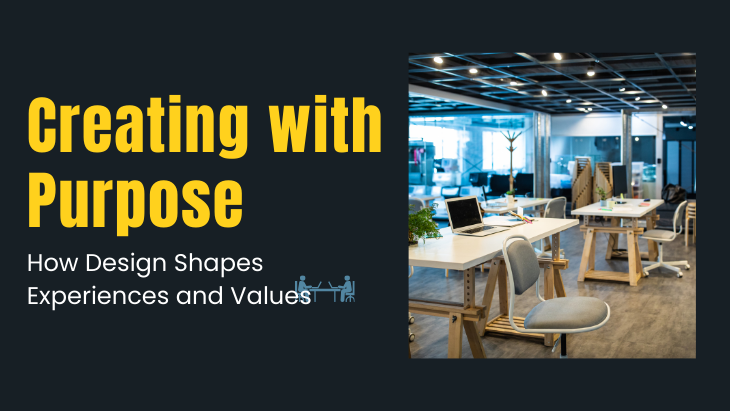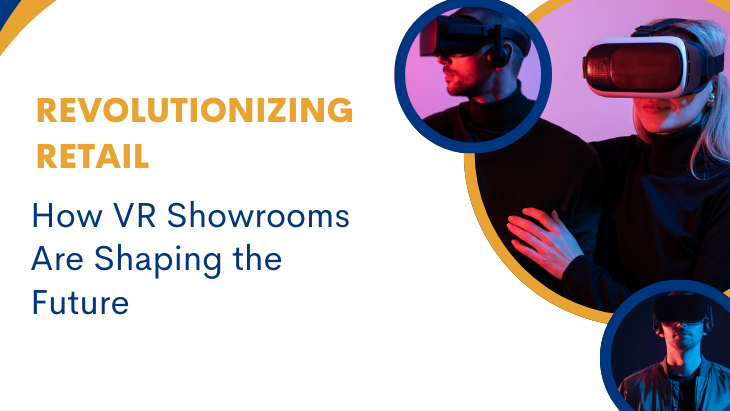In today’s fast-evolving corporate landscape, office spaces are no longer just places to work they are immersive environments that inspire creativity, boost productivity, and reflect a company’s brand identity. The fusion of technology and aesthetics, along with tools like the Pluto Planner, is driving a revolution in office architecture and interior planning. Companies are increasingly adopting tech-enmeshed designs that harmoniously combine smart systems, interactive components, and ergonomic designs. Such a shift represents an extension of a larger movement towards reconfiguring workspaces: creative office space design solutions that are both functional and aesthetically pleasing.
Why Aesthetics Matter in the Digital Age
The office has evolved to become a direct representation of a company's values, culture, and innovative-thinking approach. Attractive spaces with contemporary design, natural light, and carefully curated color schemes are no longer merely nice-to-haves they're strategic assets used to lure talent and create satisfied employees. Since employees spend most of their lives at the office, the need for beautiful but highly efficient environments has grown dramatically. When innovation meets aesthetics, businesses reap a comprehensive design philosophy that elevates the workaday experience.
The Role of Smart Technology in Contemporary Offices
Smart technology is the cornerstone of contemporary workspace design. From IoT-enabled lighting systems that adjust to natural light levels to occupancy sensors for maximizing space usage, technology is revolutionizing office operations. Interactive whiteboards, virtual collaboration platforms, and intelligent conference rooms are now basic elements of the contemporary office. These technologies not only enhance productivity but also make dynamic spaces possible where teams can brainstorm, strategize, and implement with greater ease. Adding technology to the very fabric of the office is the secret to revolutionizing workplaces: cutting-edge office space design solutions need to focus on flexibility and smooth integration of technology.
Biophilic Design and Its Synergy with Technology
Biophilic design, which emphasizes a connection to nature through elements like greenery, natural textures, and daylight, is gaining momentum as part of this tech-driven evolution. Interestingly, technology plays a critical role in enhancing biophilic spaces. Smart irrigation systems maintain plant health, while dynamic glass adjusts to sunlight exposure to create comfortable environments. Whereas aesthetics influenced by nature complemented with technology create a soothing yet effective environment that fosters well-being and productivity, this harmony is critical in developing innovative office space design solutions for today's needs.
Personalization and Versatility via Design Tech
The other key feature of tech-enabled office design is the possibility to customize spaces in large numbers. From sit-stand desks to customized lighting and climate control systems, workers can adjust their workspace to their liking. Such customization is made possible by user-focused technologies that gather information and adjust settings in real time. Modular furniture and moveable walls also offer flexibility for companies that constantly reorganize their teams or workflows. These aspects emphasize the idea of future-proofing the workspaces: solutions for innovative office space design should address existing demands and scalability for the future.
Sustainability as the Bottom Line of a Core Design Principle
Sustainable design is no longer a choice it's a requirement of workplace innovation. The blending of technology is critical in developing energy-efficient, sustainable office spaces. Smart HVAC systems, energy-monitoring dashboards, and sustainable materials are just a few ways innovation is enabling sustainability. Green-designed offices not only minimize their carbon footprint but also attract employees and clients who appreciate corporate responsibility. By combining sustainability with technology-fueled design, companies can set the tone for responsible design practices.
The Impact on Company Culture and Employee Engagement
Office design significantly influences organizational culture. When workers believe that their space fosters collaboration, concentration, and wellness, engagement automatically increases. Open spaces with acoustic zoning, quiet rooms, and technology-enabled brainstorming spaces facilitate a dynamic work environment. By linking spatial design to cultural values, companies communicate a strong message regarding inclusivity, innovation, and empowerment. This convergence is especially pertinent in the hybrid work models of today, where the office needs to be a space for interaction, connection, and innovation.
Trends in the Future of Tech-Infused Design
In the future, we can anticipate even greater fusion between design and new technologies. Artificial intelligence will have an increased role in the analysis of usage patterns in workspaces, with real-time energy efficiency adjustments and data-driven information for space planning. Augmented reality might enable teams to see design modifications prior to implementation, while robotics might assist in day-to-day chores such as cleaning and delivery inside the office. These technologies lead to a thrilling future in workspace transformation: innovative office space design solutions will advance hand in hand with technological development, breaking boundaries of what is achievable.
Challenges and Considerations for Implementation
Though the advantages of tech-enabled design are obvious, there are challenges as well. Budget, data privacy, and complexity in the integration of several systems can create roadblocks for organizations. Having a well-thought-out strategy and collaborating with experienced design and tech partners who appreciate the intricacies of contemporary workspace requirements is essential. Placing emphasis on user experience and long-term ROI helps ensure these investments pay off while supporting larger business objectives.
Conclusion
As we come into a new age of work, the intersection of technology and design is redefining the very foundations of office space. Design infused with technology is not a fad it's a forward-thinking strategy for designing spaces that are smart, creative, and responsive. Firms that adopt this ethos will not only gain in terms of productivity and efficiency but also in creating a culture of innovation. By prioritizing the redesign of workspaces with innovative office space design solutions, businesses are more likely to be able to cope with the needs of the future while improving the day-to-day experience of their teams.Transforming Workspaces Innovative Office Space Design Solutions For more insights and inspiration, see how leaders are transforming workspaces: Innovative office space design solutions through cutting-edge ideas that marry brains and beauty.





Leave a reply